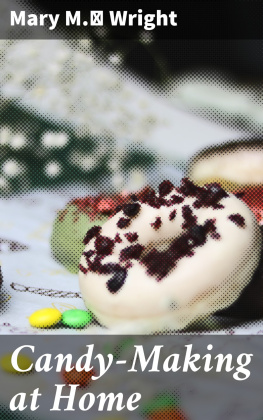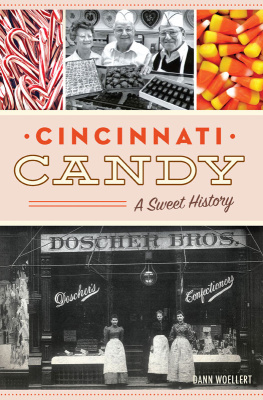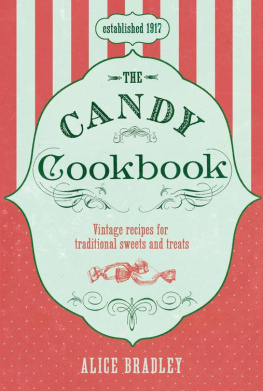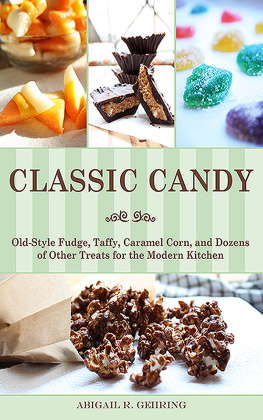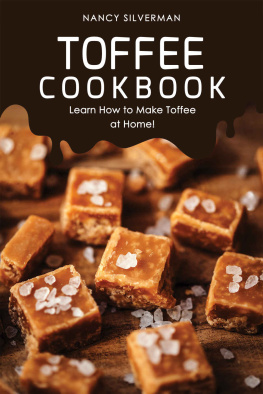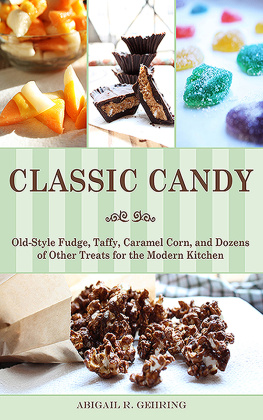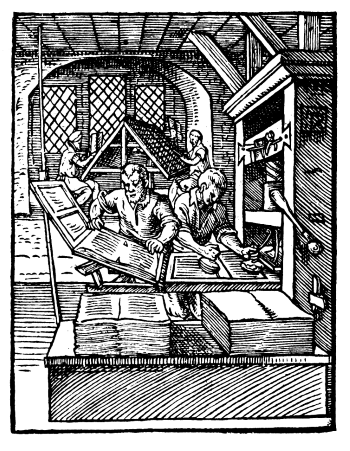Mary M. Wright
Candy-Making at Home
Two hundred ways to make candy with home flavors and professional finish
Published by Good Press, 2019
EAN 4057664576880
CHAPTER I
GENERAL DIRECTIONS FOR CANDY-MAKING
We find it quite possible to make just as delicious candy at home as can be bought of the most famous manufacturers. Of course there are a few kinds of candies that can be made only with the aid of special machinery; but there are enough kinds that can be made with utensils found in the ordinary kitchen (with a few more added) to make all the variety that one may wish for. By making our own candies in the home we have the assurance that they are at least pure and clean, and that they will cost us no more than the cheaper grades of candy. Candy-making is very fascinating, and there is no reason whatever why one cannot be a successful candy-maker after a few trials at it. In this first chapter we give a few general directions in candy-making that will make it easier to carry out all the recipes that follow.
Utensils
All the utensils that are needed in candy-making are saucepans of granite or porcelain, a double boiler, spoons, a spatula, candy dipper, platter or marble slab, a thermometer, and boxes or pans in which to mold certain kinds of candies. Bonbon molds are useful for molding bonbons, but are not necessary as they can easily be molded with the fingers. A thermometer is not absolutely necessary since one can learn to get the different stages by dropping and testing the syrup in cold water; but the thermometer makes it much easier to get the syrup cooked to exactly the right degree. In buying a thermometer choose one that is guaranteed by its maker, since some thermometers are apt to break when the syrup is boiled to a high degree as it must be in making the hard candies. There are small, reliable candy thermometers on the market that do not cost a great deal, and make it much easier for the candy-maker.
While a platter can be used instead of a marble slab in making fondant and some other candies, yet, since the marble is naturally cool, the candy syrups will cool much more quickly on it and for this reason is desirable.
In making taffies or any candy that requires pulling a hook is very useful. One can handle more at a time with a hook and pulling makes it lighter and nicer.
A sugar scraper proves very useful when it comes to scraping down maple sugar and chocolate; and a food chopper is very convenient when chopping nuts and fruits used in candy-making.
A smooth piece of tin can be used for dropping or placing the candies on, after they are made to set and cool; but paraffine paper will take its place very well. One can scarcely get along without this paper in candy-making, for it is very useful in lining candy-boxes when they are to be used as molds, and candies or bonbons that are liable to become sticky can be wrapped in it. A few bowls for dipping purposes will be needed.
Ingredients
Granulated sugar is the kind most frequently used in candy-making. To get the best results it should be fine-grained and of the best quality. Confectioner's sugar or powdered sugar is used chiefly to roll or dust candies with.
Almost all confectioners use glucose in their candies, since it helps to keep the sugar from granulating, but, since corn syrup is composed largely of glucose it is advisable for the home candy-maker to use it as it can be readily obtained at the grocery store. A few recipes call for glycerine, and this is quite harmless, and helps to make the candy smooth and creamy. Cream of tartar, vinegar and lemon juice are used to prevent the sugar from graining also.
The butter used in making butter-scotch, fudges and such like candies should be of the very best quality. Never under any circumstances use in candy, stale butter, or substitutes, or butter that is very salty.
A Few Things the Candy-Maker Should Know
The tests in cold water compared to degrees on the thermometer are as follows:
| 230 to 235 | degrees | Thread stage. |
| 238 to 240 | " | Soft ball stage. |
| 250 to 255 | " | Hard ball stage. |
| 280 to 290 | " | Crack stage. |
| 300 to 310 | " | Hard crack stage. |
In testing the syrup with the thermometer allow the thermometer to become hot gradually.
If one does not have a thermometer and has to test the syrup in cold water one will have to depend a great deal on sight and touch. The thread stage is found by letting a little syrup drop from a spoon; if it forms a thread then it is known as the thread stage. The soft ball stage is reached when the syrup forms a soft ball between the fingers when dropped in cold water, and the hard ball stage is reached when it makes a firm ball between the fingers when dropped in cold water. The crack stage is reached when it cracks or becomes brittle, and the hard crack stage is reached when all the water has evaporated and the syrup is about ready to burn. At this stage one must watch it very closely.
After the sugar has melted when put over the fire, wipe the sides of the kettle down carefully; this removes the undissolved sugar, which is apt to cause the rest to grain if not removed.
All scum should be carefully removed as soon as the syrup boils; but be careful not to stir the syrup or jar it any more than possible. Candies in which milk, cream or chocolate is used should be boiled in a deep vessel as they have a tendency to boil over. Sugar and water and corn syrup will not boil over, so that the depth of the vessel in which they are boiled does not matter so much.
Hard candies should be loosened up from the tin, or whatever they are molded in, before they are quite cool, or they will stick and be hard to remove. It is well to remember that nearly all hard candies will become sticky in warm weather, so should be kept in glass jars or wrapped in waxed paper.
If a batch of candy should become grainy and go back to sugar again it can be boiled over, adding a little more water and corn syrup or cream of tartar; but do not use the same vessel unless it has been well washed.
The Coloring and Flavoring
Use nothing but fruit or vegetable colorings for candy; these can usually be obtained at a drug store, or from the confectioner. A little of these will go a long way. Colorings can be obtained in liquid form or in form of paste. The useful colors are orange, yellow, red, leaf green and violet. With red one can get all the shades of pink, and rose. Different shades of green can be made with the green by the amount used. Always remember that high colors are not desirable in candy and confine yourself to the paler shades as much as possible. You can obtain different shades by combining two colors; for instance, put a drop or two of red with your violet and you will have another shade, and so on. A good shade can be made with strong coffee.
By using different flavoring extracts one may have a great variety in candy. Use only pure extracts or oils. When using oil of peppermint or oil of cinnamon for flavoring remember it is very strong and use only a few drops, while from a half teaspoonful to a tablespoonful of extract may be used, according to the strength of flavoring desired. Always add the flavoring after the syrup has been removed from the fire, as in most cases it will boil out if put in with the other ingredients.
CHAPTER II

